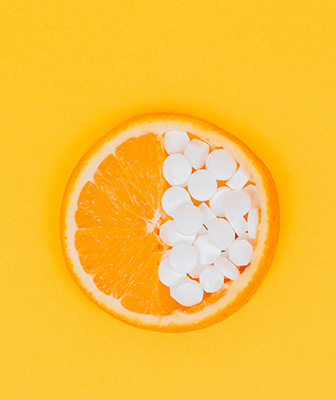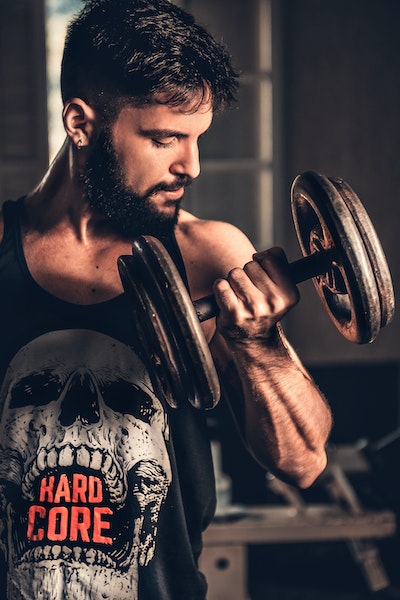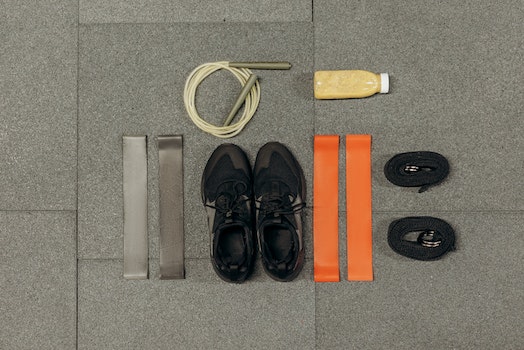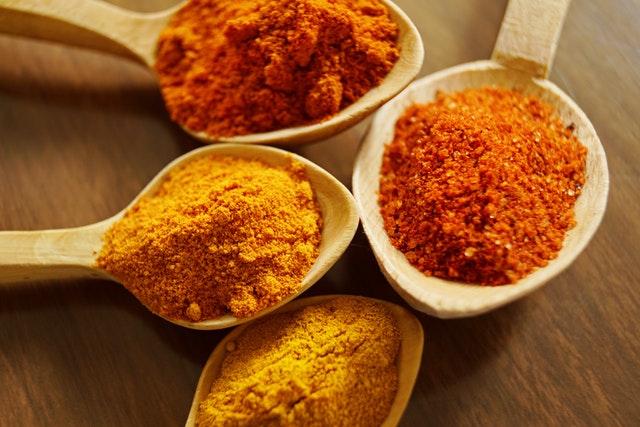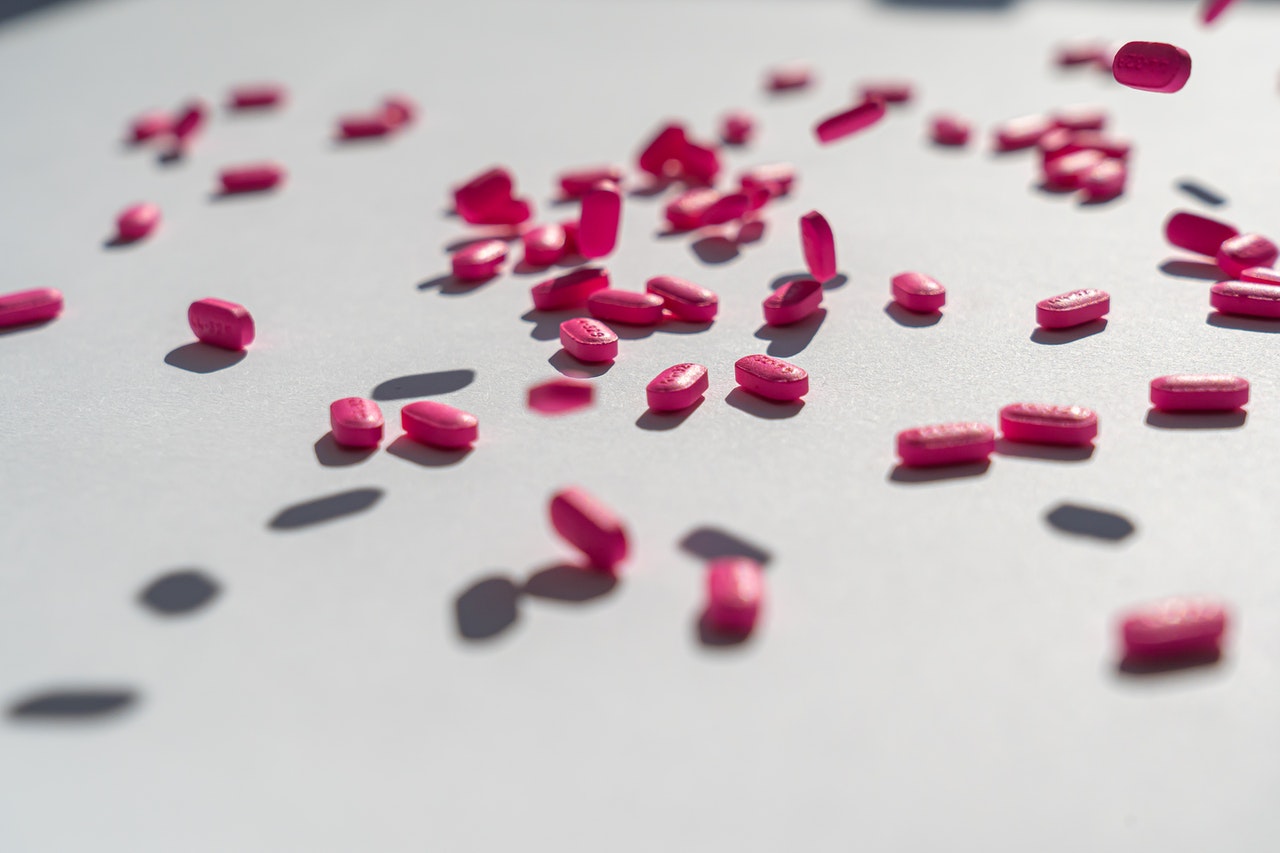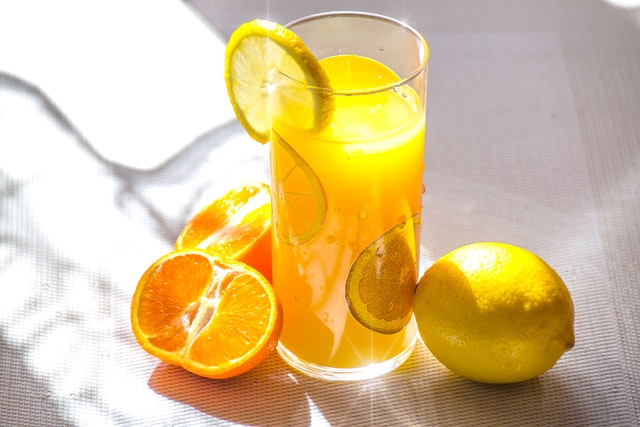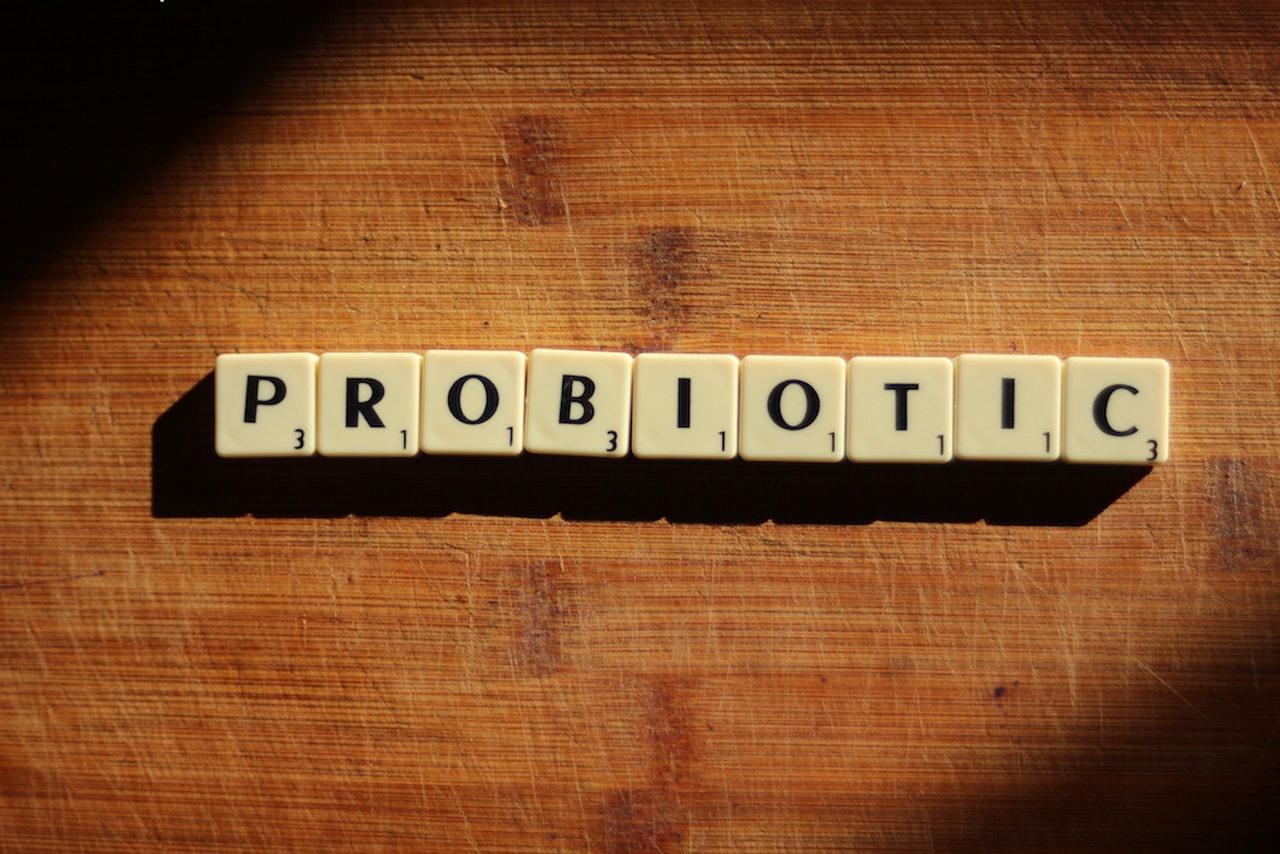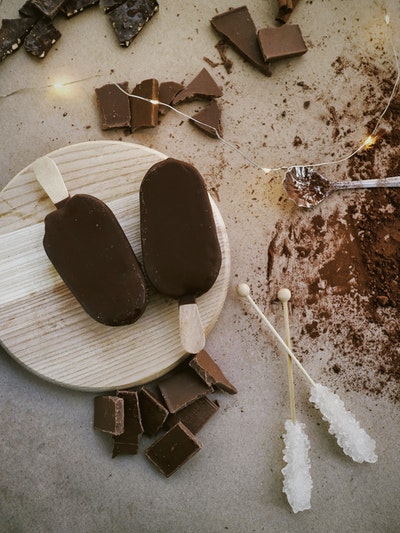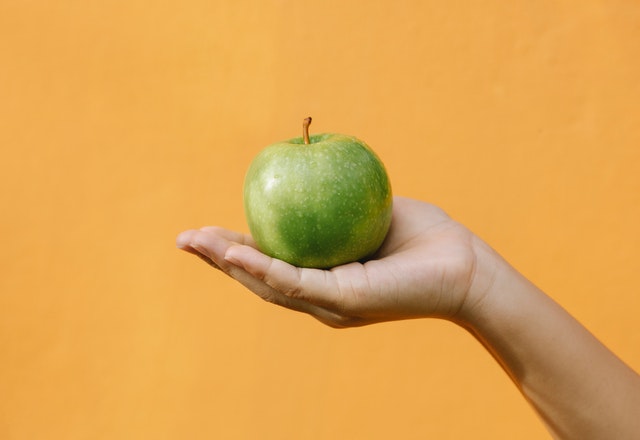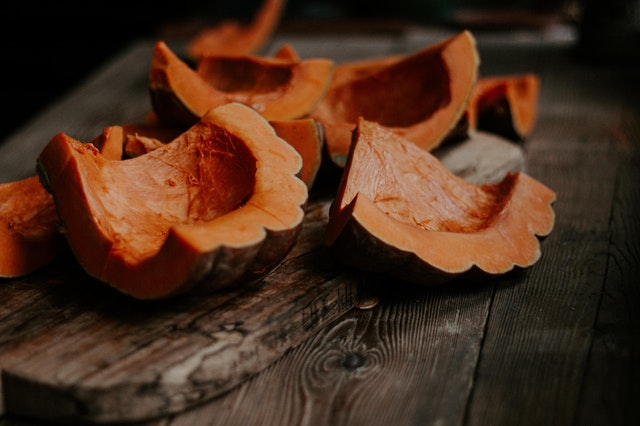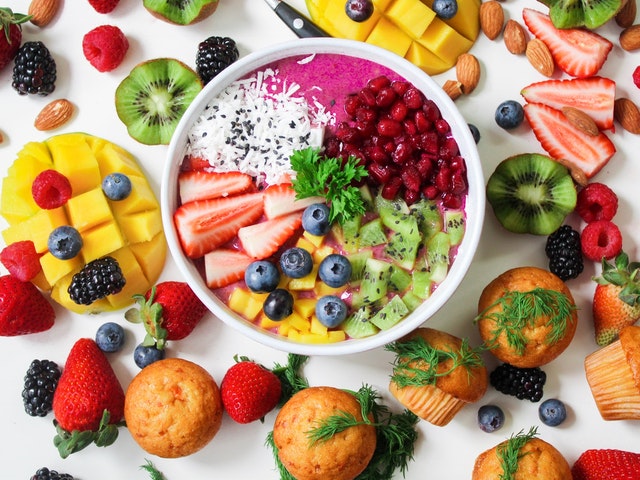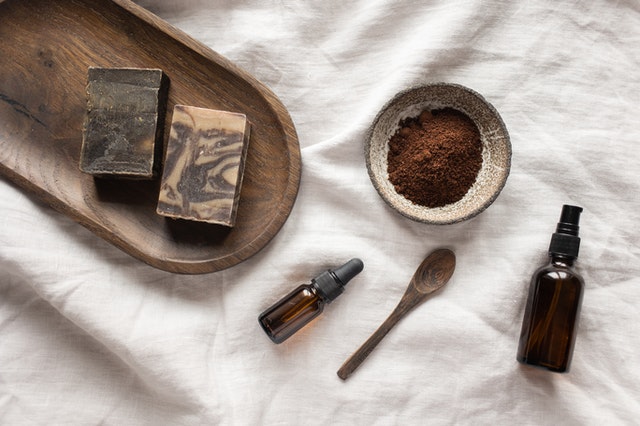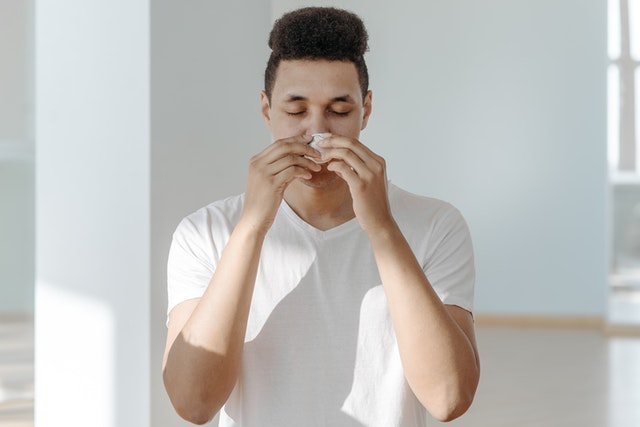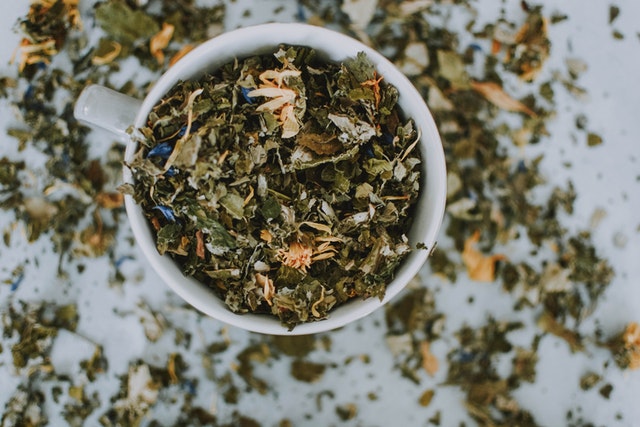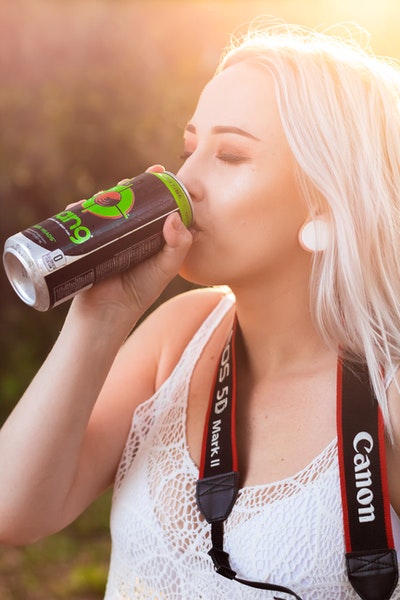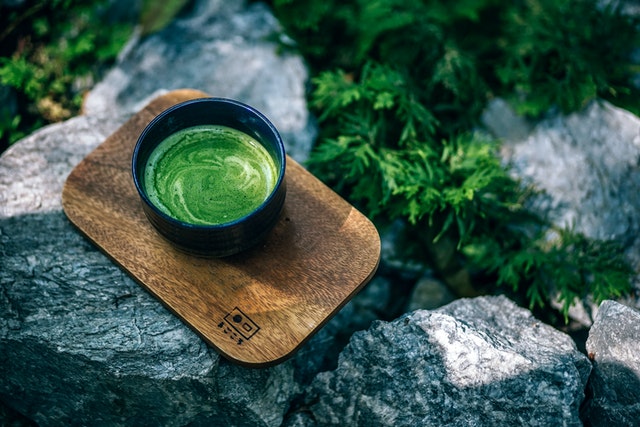Are you waking up feeling tired, irritable or sad? You should try eating a healthy nighttime snack. It can help you sleep better at night and wake up happy.
What’s the secret to the sleep-enhancing, smile-unleashing effects of certain foods? They contain calming natural compounds: tryptophan, serotonin and melatonin. With a little help from these three, your brain feels like it’s on a relaxing vacation.
Almonds and Almond Butter
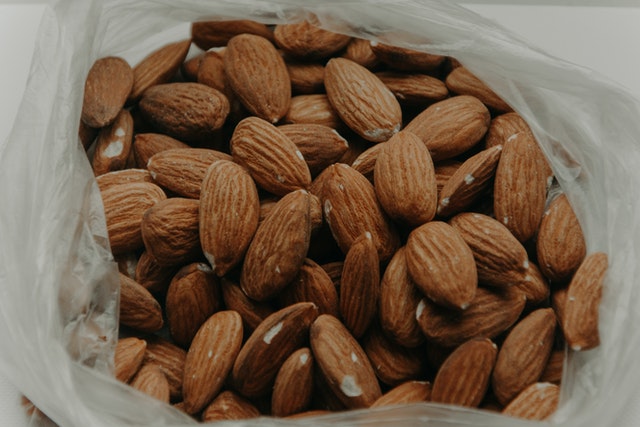
All nuts contain healthy protein, and almonds come packed with an added benefit: tryptophan. Munching on high-protein snacks before bedtime is a great idea because it helps you sleep more soundly, encourages tissue repair and increases fat burning while you rest.
With a serotonin boost from eating almonds, you wake rejuvenated and energized. Almonds also have selenium, an important mineral for avoiding depression.
Bananas

Everyone loves bananas, and it turns out that bananas love you back. These feel-good fruits can double your body’s melatonin levels, and they’re a rich source of serotonin and magnesium. Plus, bananas are filling, so you don’t wake up as hungry in the morning.
Tart Cherry Juice or Dried Tart Cherries

Tart cherries can make a big difference in tryptophan levels in the blood. Some people love the sour flavor and drink a glass of juice before bed. If you need some sweetness, add 1/3 cup dried tart cherries to Greek yogurt for a major shot of melatonin.
Blueberries, Raspberries and Strawberries
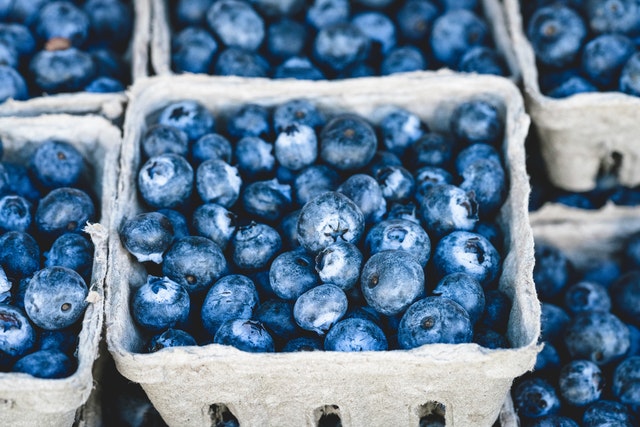
Berries are one of the best foods for mental performance and mood no matter what time of day. They make great snacks morning, afternoon and night.
According to one study, the purple antioxidants from berries can reduce your risk of depression by almost 40%! If you want to enjoy less stress and anxiety, make sure to add these delicious fruits to your grocery list.
Kiwifruit
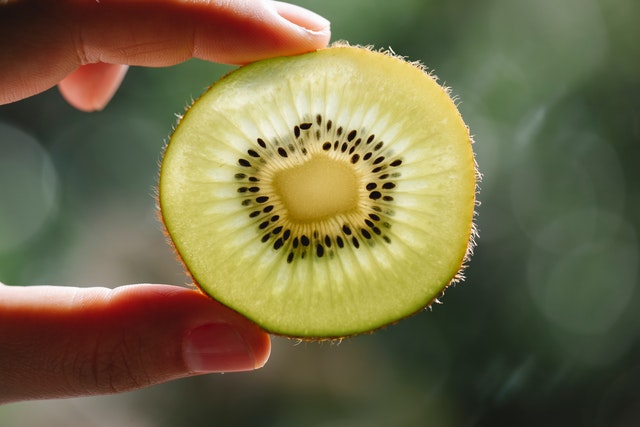
Kiwis are one of the only fruits that contain serotonin in spades. They can do wonders for your mood:
- Help you relax
- Make you feel sleepy
- Increase the amount of time you stay asleep
- Boost sleep quality
- Promote positive feelings
The next time you find yourself tossing and turning, get up and slice up a kiwifruit or two. They’re the perfect size.
Pistachios
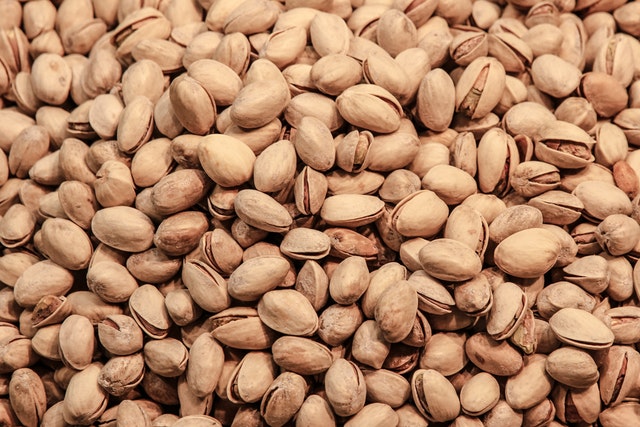
Did you know that a handful of pistachios has more melatonin than some over-the-counter sleep aids? Many products max out at 5 grams of melatonin. Pistachios pack 6.5 grams of mood-boosting melatonin for sleep into just 160 calories!
Milk Smoothies With Fruit or Protein
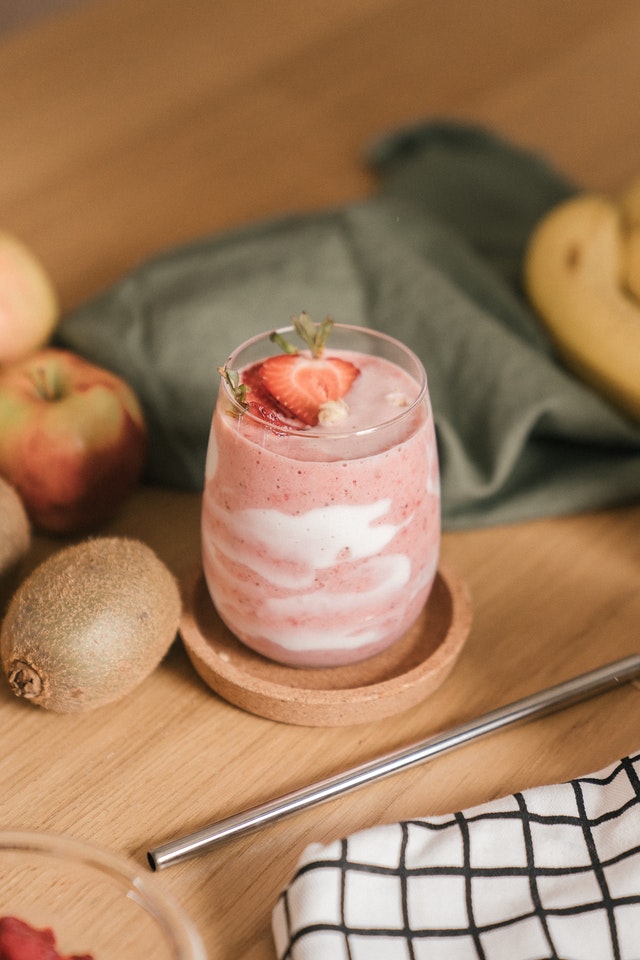
Milk and other dairy foods have a large amount of tryptophan, which helps your body produce more serotonin. As long as these foods don’t cause you digestive discomfort, they’re a perfect choice for a healthy nighttime snack. A milk smoothie with frozen fruit or nut butter gives you lots of protein and other vitamins, too.
Cheese and (Healthy) Carbs
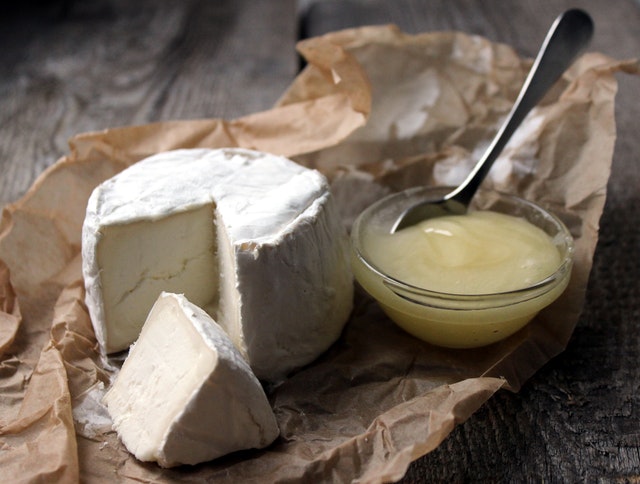
The mixture of cheese and nutritious carbs can have a big effect on tryptophan levels and serotonin production. Unfortunately, carbs can make you gain weight if you overdo it at night. Pair a portion of cheese with a slice of whole-grain toast, some whole-grain crackers or a bowl of popcorn and you'll be just fine.
Create Tasty Snack Combinations
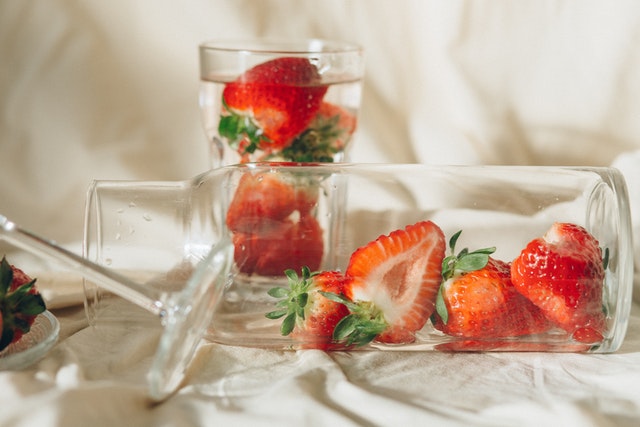
The great thing about these healthy foods is that mixing and matching them is a breeze. Add a banana to your smoothie. Eat Greek yogurt with pistachios. Make trail mix with dried tart cherries. The stars are the limit.


